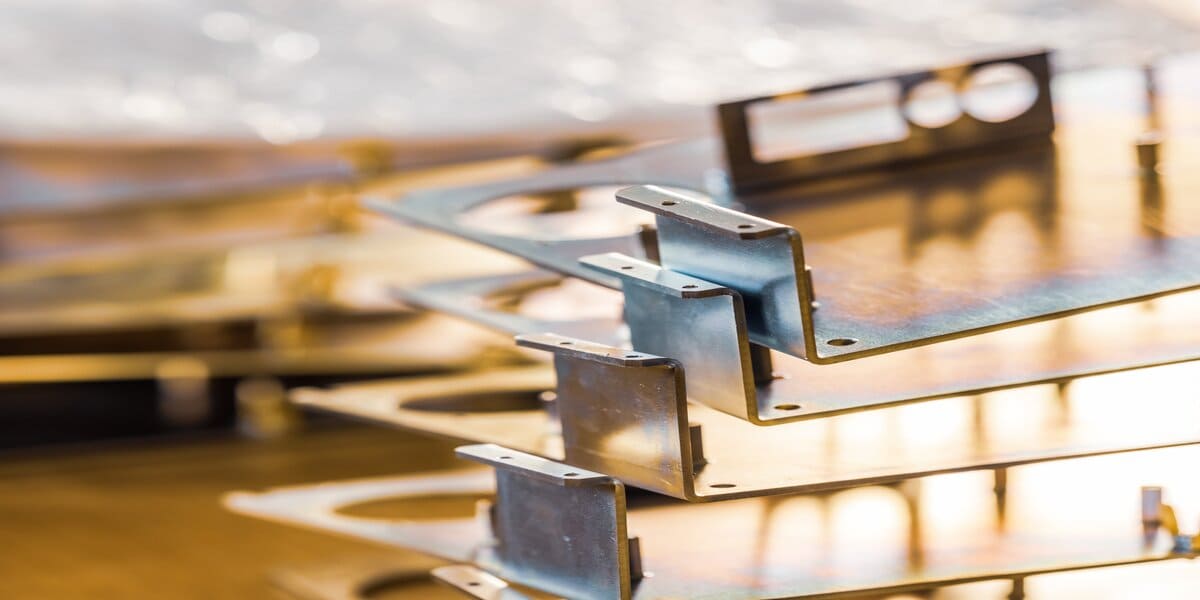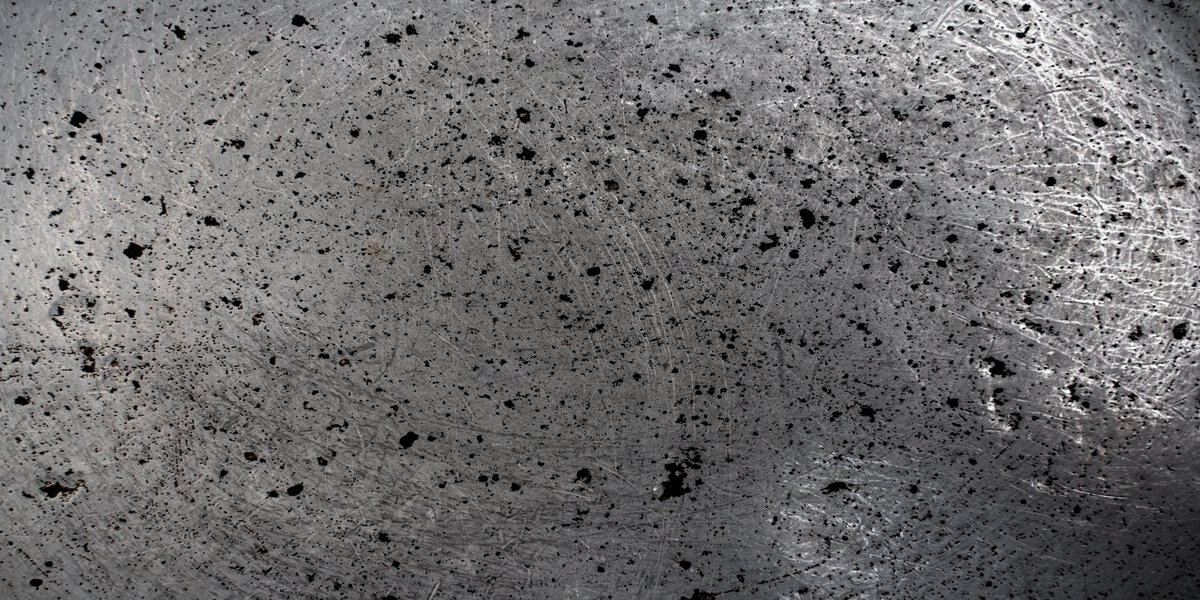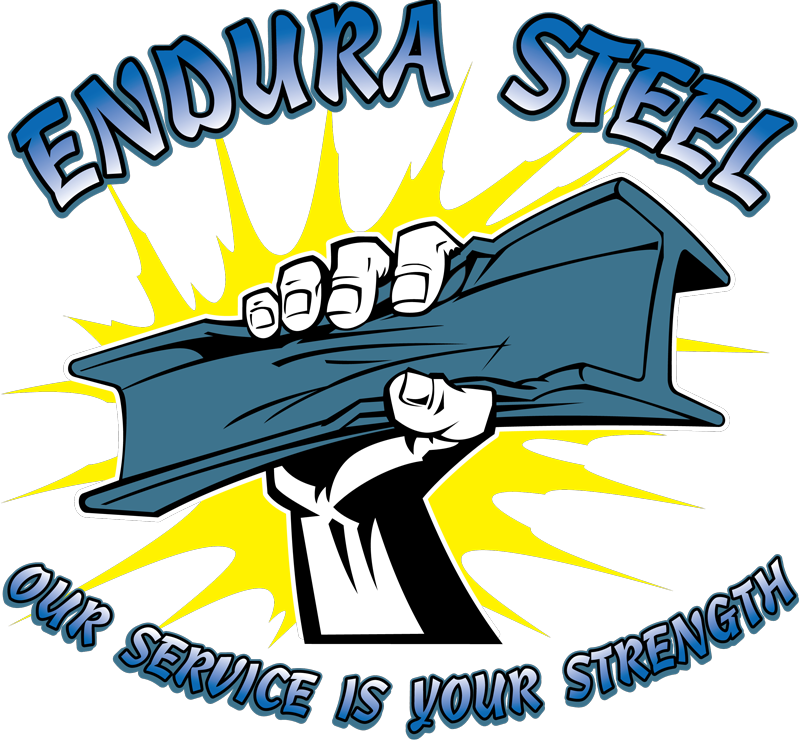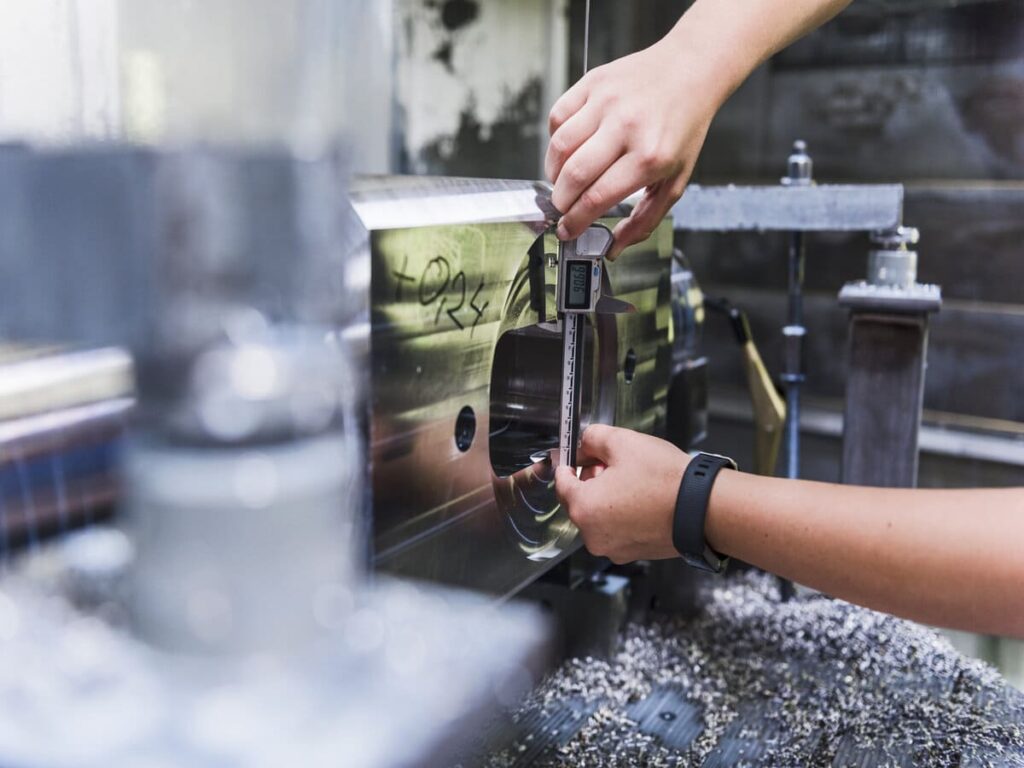Metal finishing techniques are a crucial aspect of modern manufacturing, as they enhance the functionality and appearance of metal products. These techniques involve the application of specialized coatings or surface treatments to improve the durability, corrosion resistance, and aesthetic appeal of metals. With the advancement in technology, there has been a constant evolution in metal finishing techniques, resulting in more efficient and cost-effective solutions for various industries such as automotive, aerospace, construction, and electronics.
Traditional Metal Finishing Methods and Their Limitations
Traditional metal finishing methods involve electroplating, anodizing, and powder coating. These techniques have been widely used for decades and have proven effective in improving the properties of metal surfaces. However, they also come with some limitations. For instance, electroplating requires large amounts of water and chemicals, posing a threat to the environment. Anodizing is limited to a few colors and can only be applied to certain metals. At the same time, powder coating has a higher initial cost and may not provide the same level of durability as other methods.

Innovation 1: Electroless Plating
Overview of Electroless Plating Process
One of the most promising innovations in metal finishing is electroless plating, a chemical deposition process that does not require an external power source. This technique offers several advantages over traditional electroplating, such as reduced water and chemical consumption, improved uniformity of coating thickness, and the ability to deposit on non-conductive surfaces. It also eliminates the need for expensive equipment and reduces the risk of worker exposure to hazardous materials.
Advantages Over Traditional Electroplating Methods
Electroless plating offers significant advantages over traditional electroplating methods. Since it does not require electric current, it eliminates the risk of uneven coating distribution or electrode burning. It also allows for more precise control of the coating thickness and can achieve a more uniform finish. Additionally, since there is no need for an external power source, this method can be used on complex and intricate shapes, which would be difficult to coat using traditional electroplating methods.
Applications in Industries
Electroless plating has numerous applications in various industries, including automotive, electronics, and aerospace. In the automotive industry, it is commonly used for corrosion protection of parts such as pistons, gears, and bearings. It is also used to enhance the appearance of decorative trim pieces on vehicles. In the electronics industry, electroless plating is used for circuit board manufacturing, providing a thin layer of conductive material for electrical connections. In the aerospace industry, it is used for coating critical components to improve durability and resistance to extreme temperatures and corrosive environments. The versatility and efficiency of electroless plating make it a preferred metal finishing technique in these industries.
Innovation 2: Laser Surface Texturing
Laser Surface Texturing Technique
Laser surface texturing is a non-contact metal finishing technique that uses high-powered lasers to create precise patterns and textures on metal surfaces. The process uses intense laser beams to melt or vaporize the metal surface, forming microstructures and textures. This can improve properties such as friction, wear resistance, and adhesion. Laser surface texturing offers numerous benefits over traditional surface treatments, such as precise control of texture depth and shape, the ability to create complex patterns, and minimal material removal. This technique can also be used on various materials, including metals, plastics, and ceramics.
Benefits of Laser Surface Texturing
Laser surface texturing offers improved adhesion, corrosion resistance, and friction reduction. Precisely controlling texture depth and shape allows for better bonding between the coating material and the metal surface, improving adhesion. This is especially beneficial in industries such as automotive and aerospace, where strong adhesion is crucial for safety and reliability. Laser surface texturing also creates a textured surface that increases the contact area between two surfaces, improving friction and wear resistance. Additionally, the microstructures created by laser texturing can act as barriers against corrosive elements, enhancing the corrosion resistance of metal products.
Applications in Industries
Laser surface texturing has applications in various industries such as automotive, aerospace, and medical devices. In the automotive industry, it improves the durability and performance of engine components such as pistons, cylinders, and gears. In aerospace, laser texturing is used for critical parts that require high strength and resistance to extreme environments. The medical device industry also utilizes this technique to improve implants’ biocompatibility and reduce friction in medical instruments.

Innovation 3: Supercritical Carbon Dioxide Cleaning
Supercritical Carbon Dioxide Cleaning Process
Supercritical carbon dioxide cleaning is a method that uses highly pressurized carbon dioxide to clean metal surfaces. In this process, the carbon dioxide enters a supercritical state, where it has liquid and gas properties. This allows it to act as a powerful solvent, removing contaminants from metal surfaces without leaving any residue or causing damage. The supercritical state also allows the carbon dioxide to penetrate small crevices and clean hard-to-reach areas. This makes it an effective and environmentally friendly option for metal cleaning.
Advantages Of Traditional Cleaning Methods
Supercritical carbon dioxide cleaning offers several advantages over traditional methods, such as solvent-based or aqueous solutions. It is a non-toxic and non-flammable option that does not produce any harmful waste or emissions. This makes it a safer and more environmentally friendly option for metal cleaning. Additionally, the supercritical state of carbon dioxide allows for efficient and thorough cleaning without leaving any residue on the surfaces. It also reduces the risk of corrosion or damage to sensitive parts, making it suitable for delicate instruments and components.
Applications in Industries
Supercritical carbon dioxide cleaning has many applications in electronics, medical devices, and aerospace industries. In the electronics industry, it cleans delicate circuit boards and components without causing damage or leaving residue. In the medical device industry, supercritical carbon dioxide cleaning can be used for sterilization while removing contaminants from metal surfaces. It is also used in the aerospace industry to clean critical parts, such as turbine blades and fuel injectors, without causing any corrosion or damage. The versatility and effectiveness of supercritical carbon dioxide cleaning make it a valuable metal finishing technique in these industries.
Innovation 4: Plasma Electrolytic Oxidation
Plasma electrolytic oxidation process
Plasma electrolytic oxidation (PEO) is a metal finishing process that involves immersing the metal in an electrolytic bath and applying a high-voltage electric current. This creates a plasma discharge on the surface of the metal, causing it to oxidize and form a ceramic-like coating. The process can be customized by adjusting voltage, time, and electrolyte composition to control the coating’s thickness, hardness, and corrosion resistance. This technique is commonly used on aluminum and titanium alloys in various industries, including automotive, aerospace, and defense. PEO offers several advantages over traditional anodizing techniques, such as improved corrosion resistance and durability. It also allows for incorporating different compounds into the coating for specific functional properties.
Benefits of PEO Coatings
PEO coatings significantly improve material hardness, wear resistance, and corrosion protection. The plasma discharge creates a porous coating with a high surface area, increasing its hardness and durability. This makes PEO-coated parts more resistant to wear and damage from friction or external forces. The controlled oxidation process also forms a dense ceramic layer on the metal surface, providing excellent corrosion resistance. This makes PEO coatings suitable for harsh environments and industrial applications where metal components are exposed to corrosive elements. Adjusting the coating’s properties also allows for tailoring it to specific functional requirements, such as making it hydrophobic or enhancing its electrical conductivity.
Application of PEO
PEO coatings have diverse applications in aerospace, automotive, and defense industries due to their unique properties. In the aerospace industry, PEO coatings, such as aircraft engine parts and landing gear, are used for critical components that require high strength, durability, and corrosion resistance. In the automotive industry, PEO coatings enhance the performance and longevity of engine components such as pistons, cylinders, and valves. PEO coatings improve military equipment and weapons’ durability and corrosion resistance in defense applications. PEO coatings’ versatility and superior properties make them a valuable metal finishing technique in these industries.
Innovation 5: Cold Spray Technology
What is Cold Spray Technology
Cold spray technology is a metal finishing process that uses high-velocity compressed gas to deposit metallic particles onto a substrate. The particles are accelerated to supersonic speeds and impact the surface, forming a dense coating without heat input. This allows for bonding dissimilar materials and repairing damaged or worn parts without causing undesirable changes in their properties. Cold spray coatings have high adhesion strength and can be applied to various materials, including metals, composites, and polymers. This makes it versatile for various industries such as aerospace, defense, automotive, and electronics.
Advantages of Cold Spray Coatings
Cold spray coatings offer several advantages over other traditional metal finishing methods. As the process does not involve any heat input or melting of the particles, it does not cause thermal distortion or damage to the substrate. This makes it suitable for repairing and coating heat-sensitive materials such as polymers and composites. Cold spray coatings also have excellent adhesion strength due to the mechanical bonding between the particles and the surface. This results in a dense, uniform, highly durable coating that can withstand extreme conditions and wear. Cold spray technology is also cost-effective and efficient as it does not require post-processing or curing time.
Applications in Various Industries
Cold spray technology has numerous applications in industries where traditional metal finishing techniques may not be suitable. In the aerospace industry, cold spray coatings can repair damaged components and improve their performance without affecting their lightweight properties. It is also used in the automotive industry for engine components and body parts to enhance their durability and corrosion resistance. Cold spray technology is used in defense for weapon and equipment repair and maintenance. It is also suitable for electronics as it allows for coating delicate components without causing damage. The versatility and benefits of cold spray coatings make it a promising metal finishing technique in various industries
In conclusion, advancements in metal finishing techniques have revolutionized the aerospace, automotive, defense, and electronics industries. From traditional anodizing to innovative methods such as supercritical carbon dioxide cleaning, plasma electrolytic oxidation, and cold spray technology, various options are available for achieving the desired surface properties of metals. These techniques offer numerous benefits such as increased corrosion resistance, improved durability, and enhanced functionality. As technology advances, we will likely see even more innovative metal finishing techniques emerge, further improving the performance and longevity of metal components in various industries. So, these advancements play a crucial role in meeting industry demands for high-quality and durable materials while reducing costs and environmental impact.

Frequently Asked Questions
What is Metal Finishing?
Metal finishing refers to processes that alter the surface of a metal to achieve specific properties such as corrosion resistance, wear resistance, or improved appearance.
What is Supercritical Carbon Dioxide Cleaning?
Supercritical carbon dioxide cleaning is an environmentally friendly method of removing contaminants from metal surfaces using pressurized carbon dioxide.
What is plasma electrolytic oxidation (PEO)?
PEO is a process that uses plasma discharge to create a durable and corrosion-resistant ceramic coating on metal surfaces.
What are the advantages of cold spray technology?
Cold spray coatings offer high adhesion strength, can be applied to various materials without heat input, and do not require post-processing or curing time.
In which industries is PEO commonly used?
PEO is widely used in aerospace, automotive, and defense industries due to its superior properties and versatility.
References
- Introduction to Plasma Electrolytic Oxidation (PEO)
- Cold Spray Technology.” American Welding Society,
- Metal Finishing

